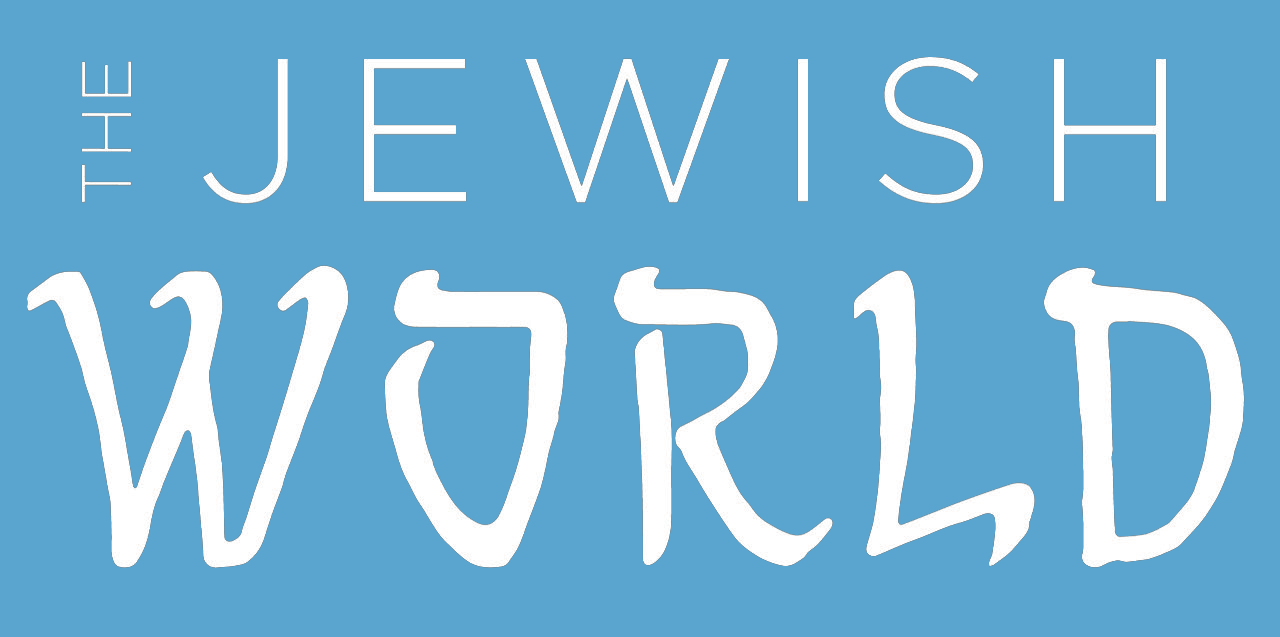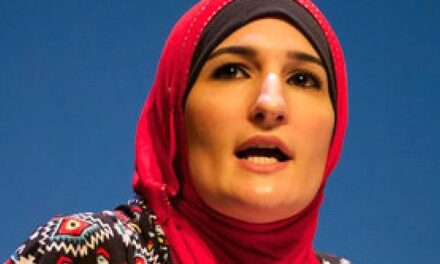By ANDREA LEVIN
Killing children is terrible, as everyone knows. It follows that leveling false charges of child killing against a nation in an influential newspaper is also reprehensible and should be forthrightly corrected. In two stories, on July 5 and July 6, 2023 Wall Street Journal reporter Stephen Kalin injected that libel into his coverage of Israel’s military action in Jenin, citing a Palestinian Health Ministry source. But the Journal has thus far failed to correct the false claims.
Libel
Kalin asserted (in “Residents Return to West Bank Camp as Israel Ends Two-Day Assault” and “What Is Happening in Israel, the West Bank and Gaza? What to Know about the Conflict”): “Twelve Palestinians, including militants and at least five children, were killed during the operation and 140 wounded, including 30 in serious condition, the Palestinian Health Ministry said.”

Palestinian gunmen and civilians attend the funeral of terrorists killed during an Israeli military operation in Jenin, on July 5, 2023. Photo courtesy of Nasser Ishtayeh/Flash90.
In fact, there were no “children” killed according to the normal understanding of what a child is, and the depictions of those killed in these events in other mainstream publications. Most people would assume “children” are not 16- and 17-year-old teenagers affiliated with U.S.-designated terrorist groups who were killed in violent clashes with Israeli forces.
Young Terrorists
Photos of the young men show some sporting the headbands of the terrorist groups they’re affiliated with, and all holding guns.
The New York Times, Associated Press, Reuters and other mainstream media did not refer to “children” killed. Indeed, Reuters termed the dead teens “fighters,” which they were.
Sources?
WAFA, the main Palestinian news agency and a frequent outlet for information from Palestinian Authority institutions, including the Health Ministry, reported the casualties as including five “minors,” not children. This raises a question regarding what document, press release or spokesman Stephen Kalin was referencing at the Palestinian Health Ministry in identifying the young armed men as children?
Did editors at the Journal review the reporter’s source in considering whether to publish the child killing charge against Israel?
One of the most disreputable global outlets, Al-Jazeera, did join the Journal in referring to the young Palestinian gunmen as children. The state-owned Qatari network is well known for its extreme antipathy toward Israel and unreliability as a news source.
It’s notable too that Kalin refers to militants and “at least five children.” Yet four of the five 16- and 17-year-olds killed were members of U.S.-designated terrorist groups, according to Palestinian Islamic Jihad and Hamas. The groups boasted of the young men’s memberships.
No Apologies
Nevertheless, despite the seriousness of the error by the Journal reporter, a request to the Journal corrections desk to redress the misinformation was swiftly denied with the assertion that: “We have reviewed the articles, and we stand by them as published. Individuals younger than 18 aren’t adults; they are properly classified as children.”
Previous Journal Reporting
What’s also important to understand is that the Journal does not refer elsewhere in its coverage to 16- and 17- year-olds as children. For instance, in the extensive coverage of the recent French riots sparked by the killing of 17-year-old Nahel Merzouk by a policeman, the victim is invariably called a “teenager” or “teen.” Not once is Merzouk called a child.
A recent Journal story about the death of a 14-year-old from intense heat in Big Bend National Park refers to a “teen” victim. Not a child. And another story contrasts “children” in foster care with 17-year-olds, who are called teenagers.
Another Journal story refers to “teenagers between the ages of 13 and 17” using financial apps. They’re not called children.
Nor have young Israeli victims of Palestinian terror attacks been termed children. The Journal called 17-year-old Rina Shnerb, murdered in a 2019 bombing, a “teenager.” Likewise, in reporting on the infamous Tel Aviv Dolphinarium terrorist attack in June 2001 that killed 21, most of them teenagers 14, 15 and 16 years old, the victims were called “people”—not children.
There are countless such examples; no stories were found in which the publication refers to 17-year-olds as children. If any exist, they’re apparently far outnumbered by the usages cited here.
There also seems to be a further double standard, in the Journal’s characterizing of teenage Arab fighters killed in skirmishes with Israeli forces as “children” but not mentioning when actual Israeli children are targeted and murdered.
Asher and Yacov Paley, ages 6 and 8, were run down at a bus stop in a terrorist attack in February, but their status as child victims is omitted in the reference below in the July 6 story (“Residents Flee West Bank Camp as Israeli Operation Extends Into Second Day):
“Since the start of 2023, more than 150 Palestinians—mostly militants but also children and elderly civilians—have been killed by Israeli forces and civilians in the West Bank and East Jerusalem, according to Palestinian and Israeli officials. More than 20 Israelis and foreigners, nearly all civilians, have been killed by Palestinian attackers, according to a tally by The Wall Street Journal.”
Other Kalin Mistakes
There was another striking mischaracterization in Kalin’s coverage in a separate July 6 story, titled, “Israel Shells Southern Lebanon Amid Fears of Multifront Escalation.” The reporter refers to “the occupied Gaza Strip,” writing: “Already this week, there has been a car ramming and stabbing attack in Tel Aviv, two shootings in Jewish settlements in the northern West Bank, a salvo of rockets fired from the occupied Gaza Strip and an apparent cross-border strike from southern Lebanon.”
Israel withdrew entirely—every man, woman and child, and even the dead from their graves—from the Gaza Strip in 2005 and, since June 2007, the territory has been ruled by Hamas. It is not occupied by Israel. As hundreds of transcripts and news stories in a Nexis news database search underscore, the standard journalistic language refers to the enclave as “Gaza” or the “Gaza Strip.” There are no references to “occupied Gaza.”
The Journal itself had not typically (or ever) referred to “occupied Gaza” until Kalin’s reference. Yet here too, request for correction was promptly rejected, with the explanation:
“Regarding Gaza, the Journal follows United Nations definitions, which consider Gaza and the West Bank as occupied given that Israel controls access to land, territorial waters and air space and restricts the flow of people and goods.”
One expects more from the Wall Street Journal than this. Of course, Israel does not control access to Gaza because Gaza shares a border with Egypt. And it’s obviously not the case that the newspaper follows U.N. definitions; until July 6 it used the same terminology as other media, referring to “Gaza” or the “Gaza Strip” in describing that enclave—not “occupied Gaza.”
Why Refuse To Correct?
Does the Journal follow U.N. definitions on other matters? On capitalism, globalization, climate policy?
Why the deviation from the Journal’s ethical code both in this reporting and then, even more striking, in the refusal to correct manifestly false statements? The publication claims it “maintains an open response to critique, honest exploration of potential errors and publishes full corrections when warranted.”
As the newspaper rightly states in its pledge to adhere to the “highest and most rigorous standards of fairness and integrity”:
“Society benefits from a common set of verifiable facts and a broad set of voices. … Providing those facts informs debate and contributes to the greater good.”
Yet in the multiple stories falsely claiming Israel killed five “children” in Jenin and that Gaza is “occupied” by Israel, the Journal is not offering “a common set of verifiable facts” that contribute “to the greater good.” It’s doing the opposite.
Originally published by the Committee for Accuracy in Middle East Analysis and Reporting.











